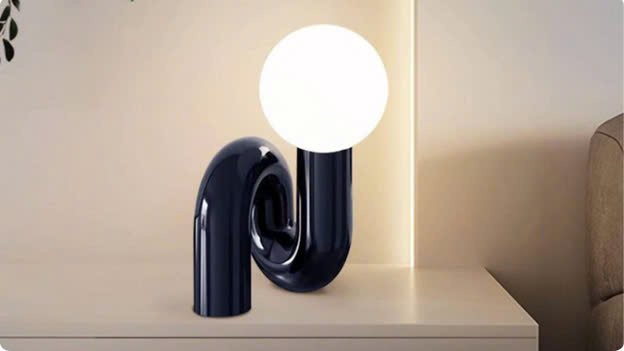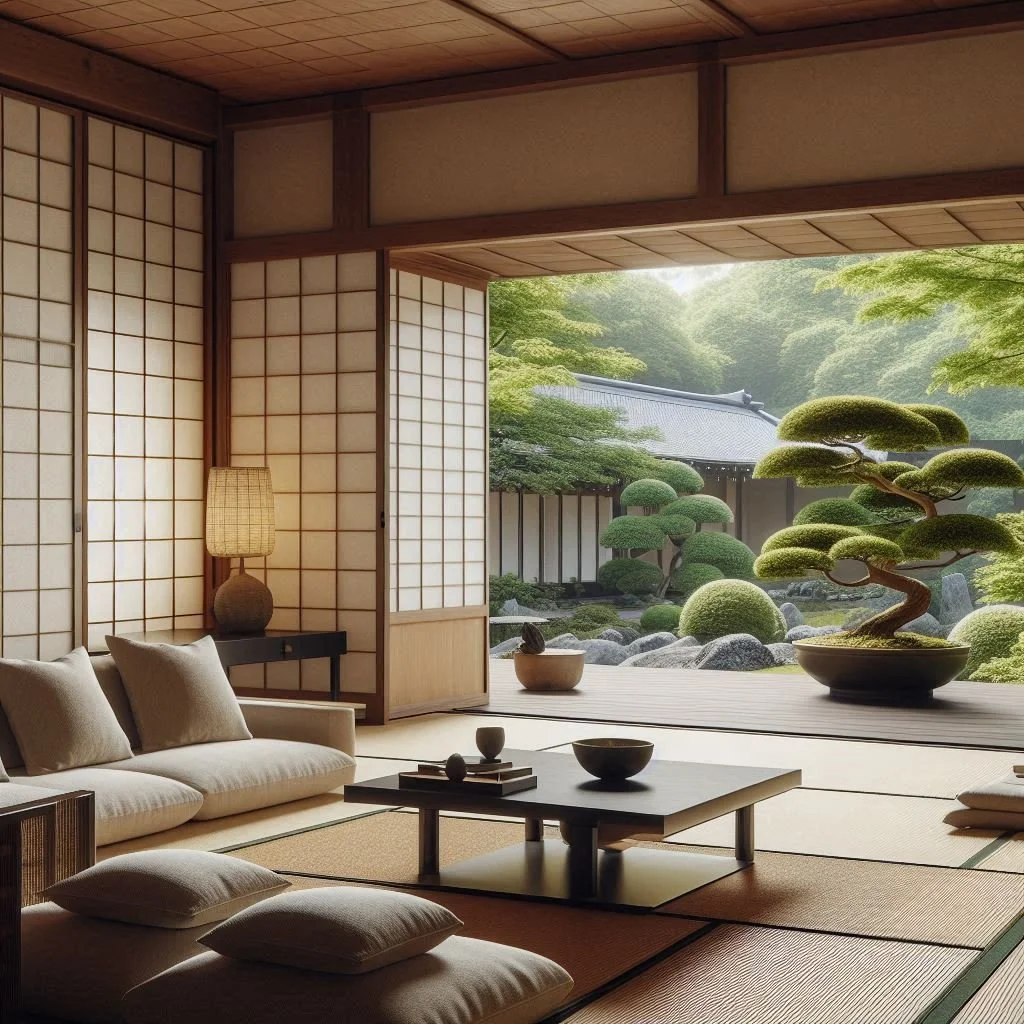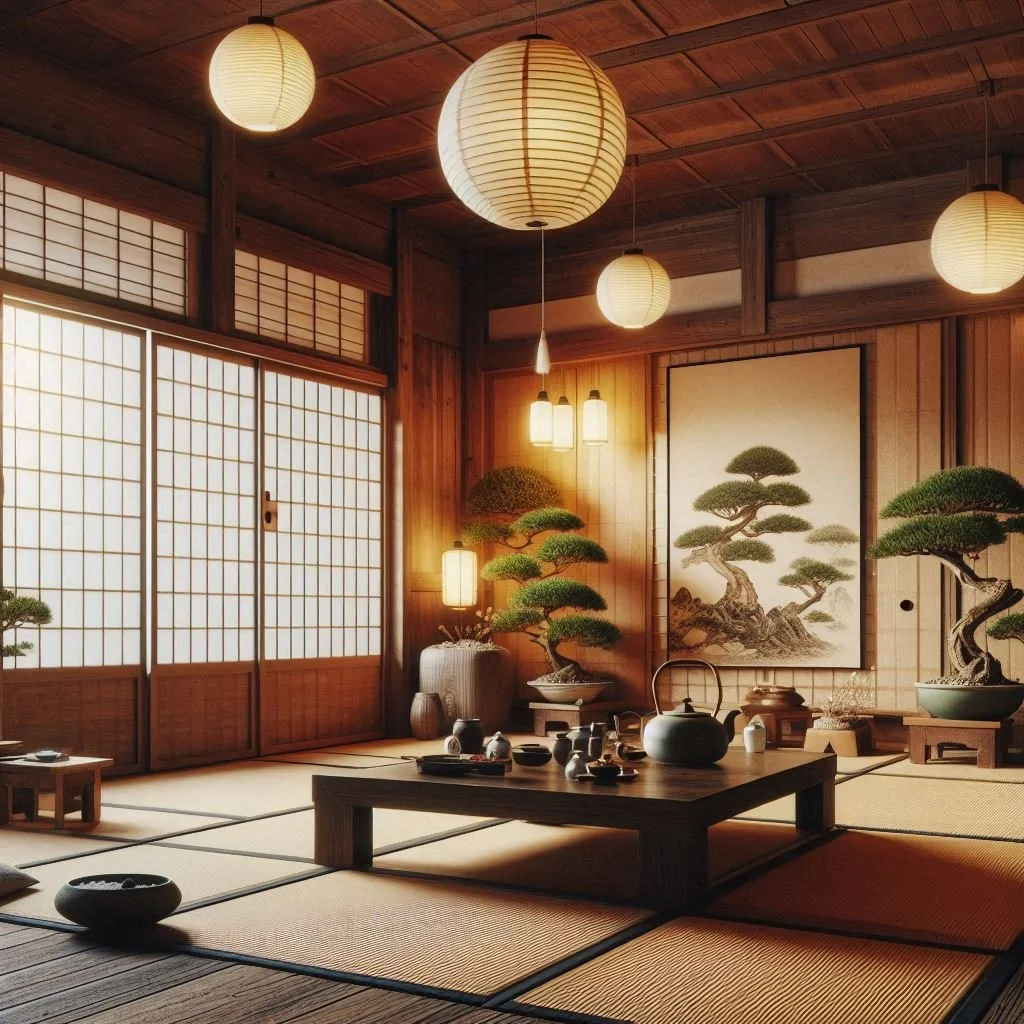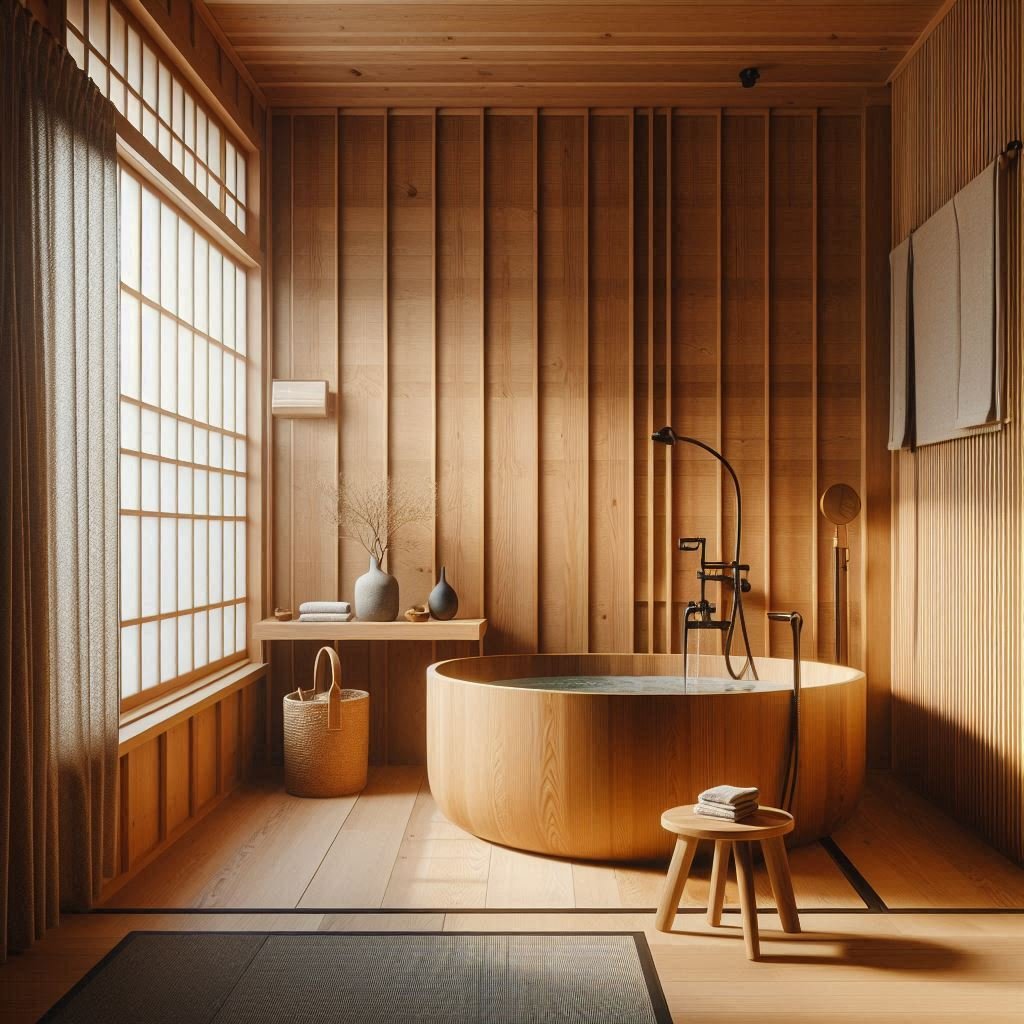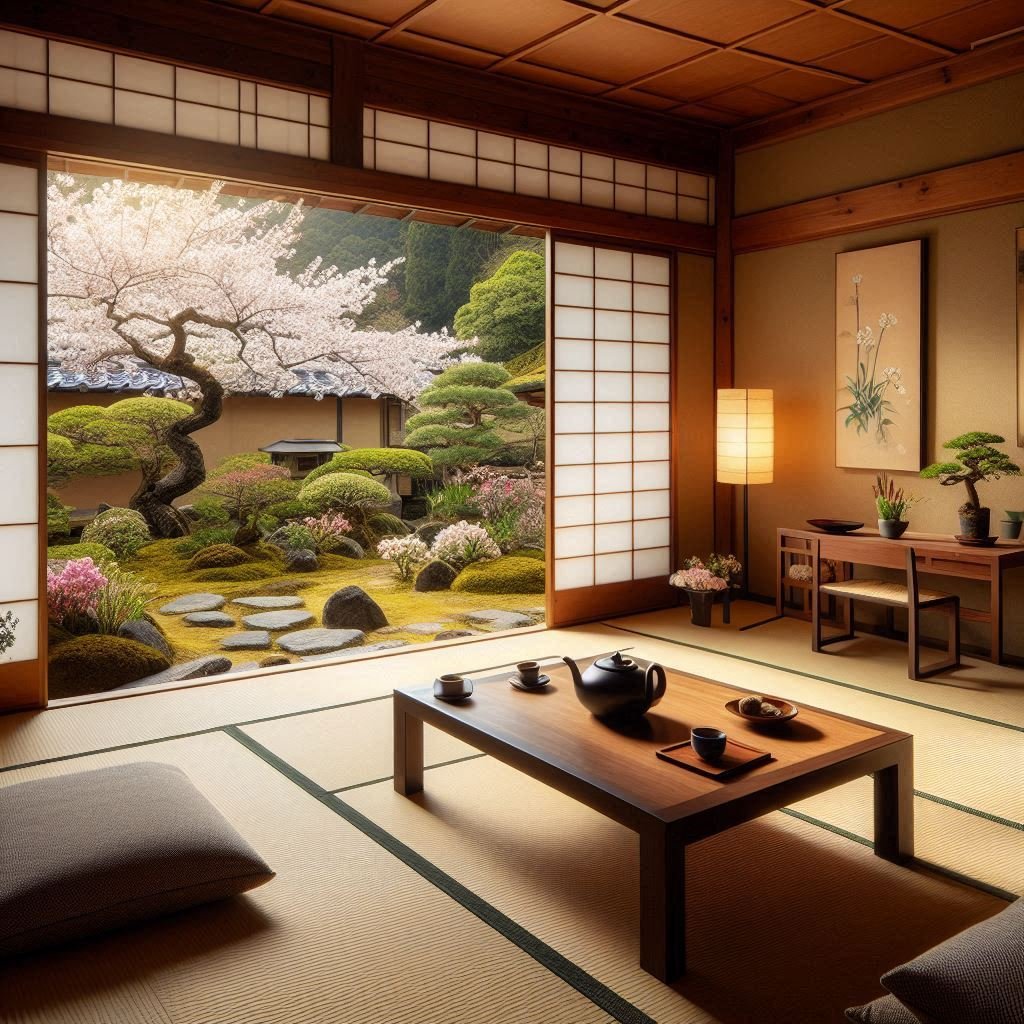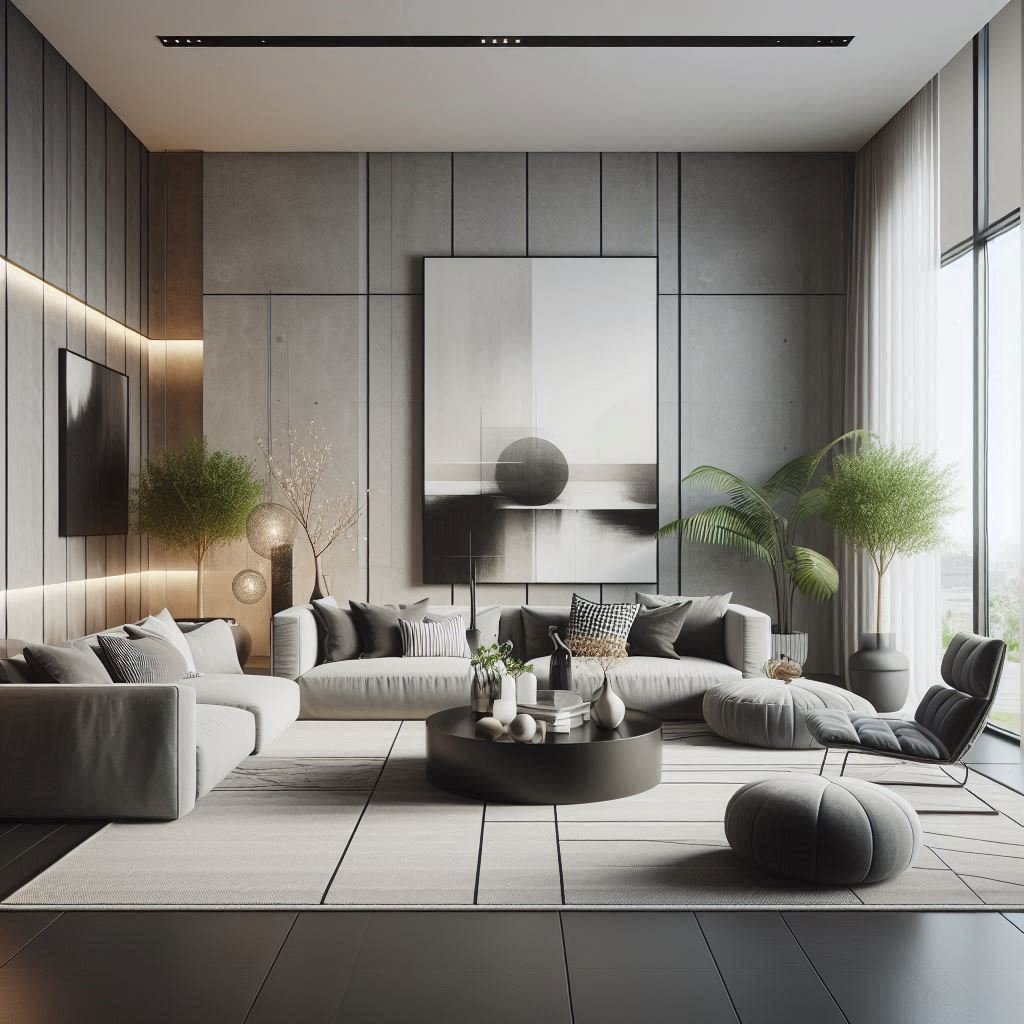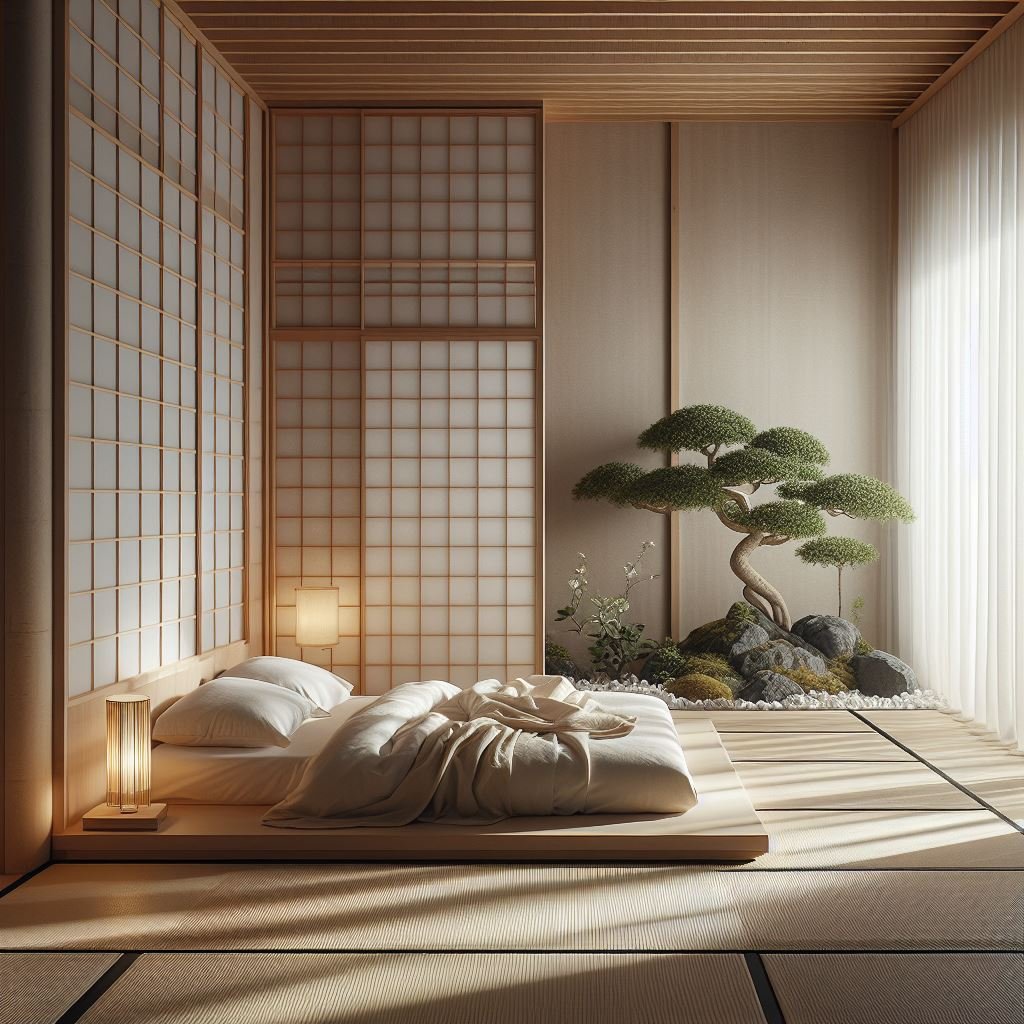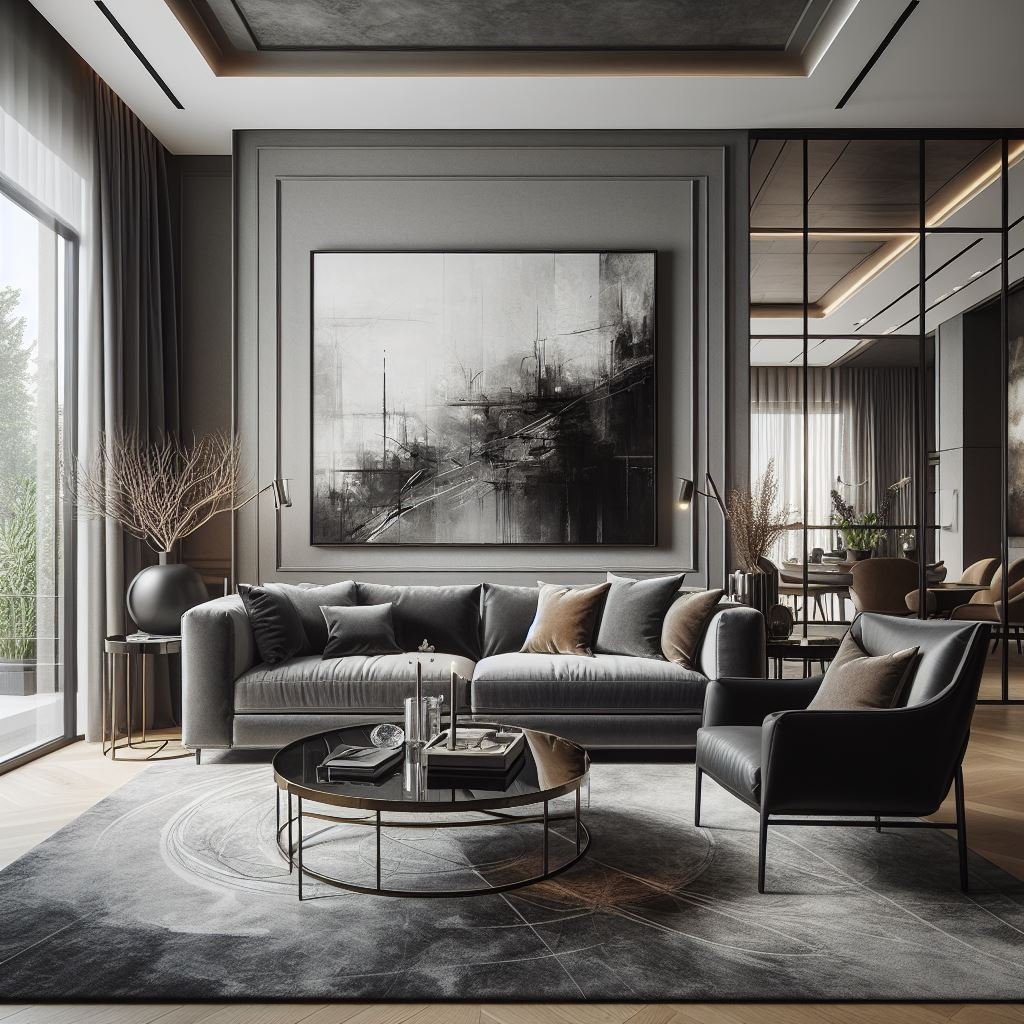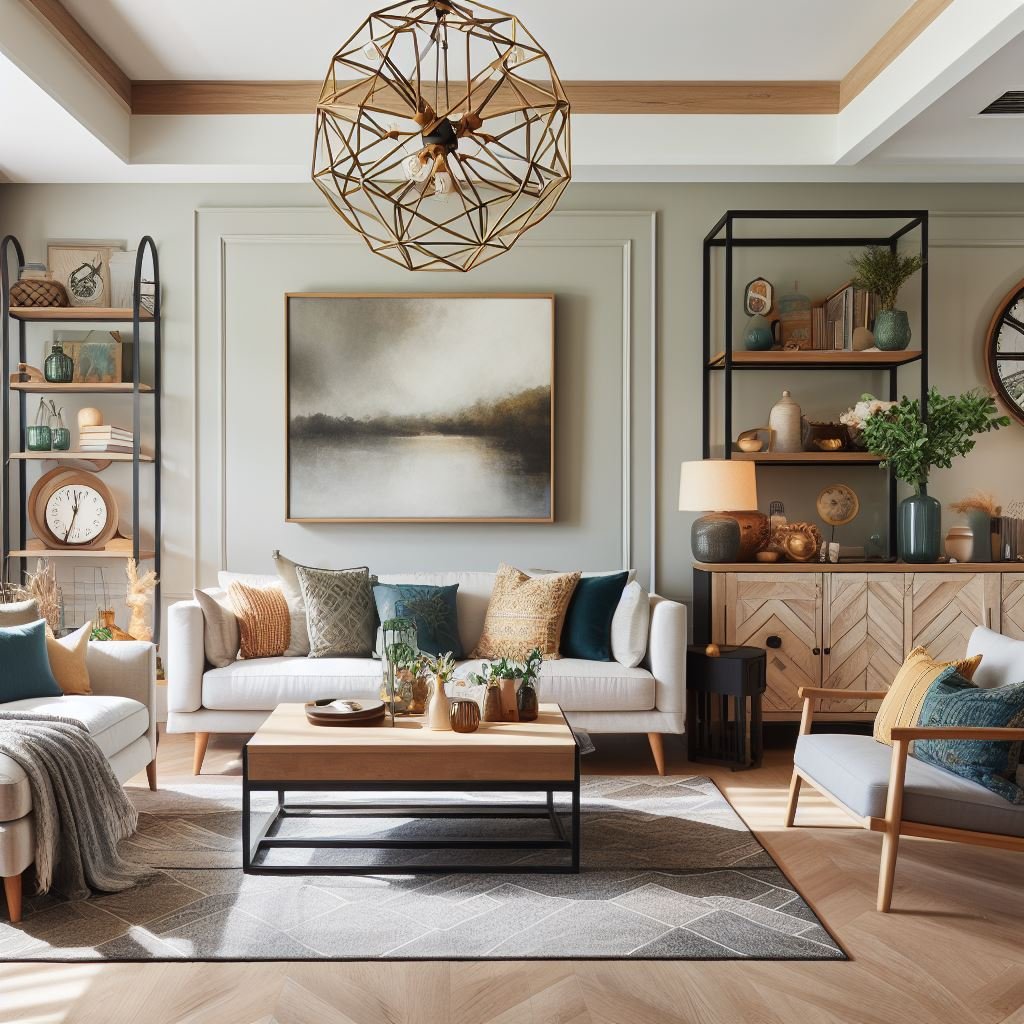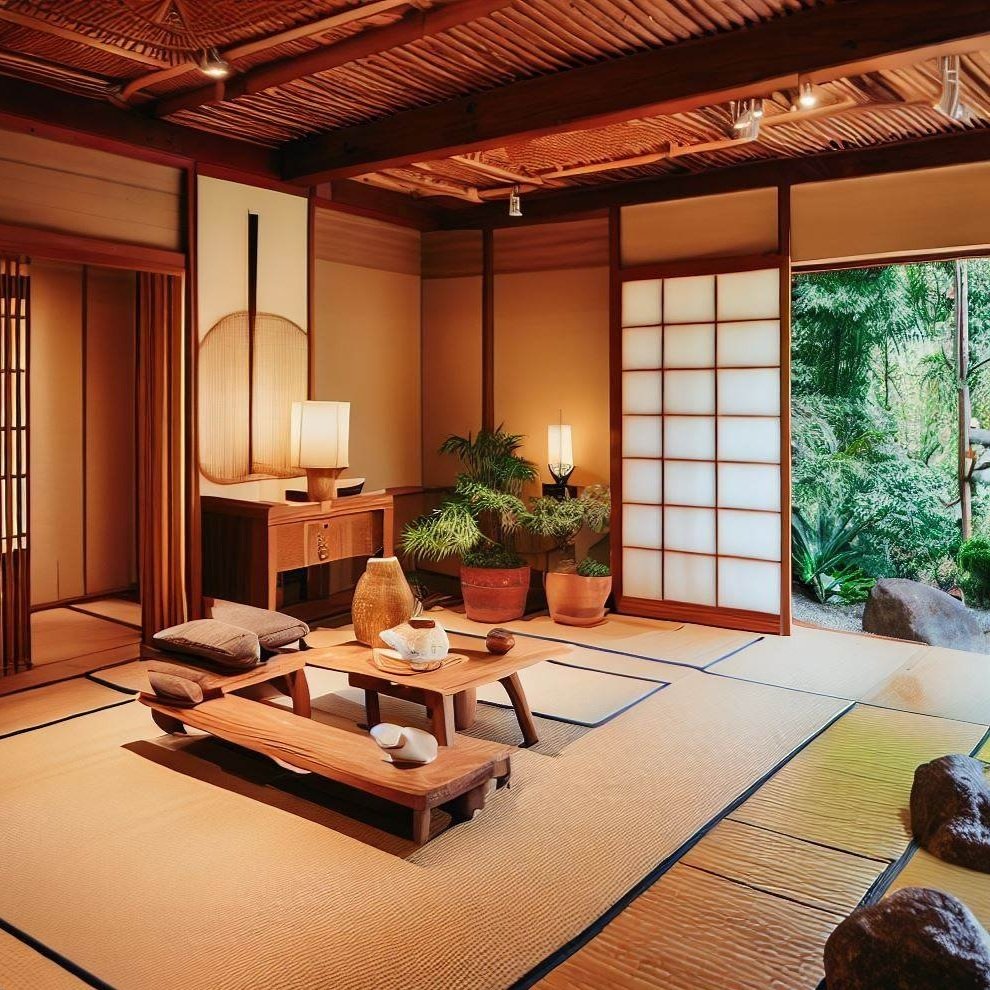15 Contemporary Japanese Home Ideas for Modern Living
Discover the beauty and functionality of contemporary Japanese homes. Explore modern design principles, minimalist aesthetics, and unique features that blend tradition with innovation for a stylish and serene living space.
Imagine a home where simplicity meets sophistication, where every element is carefully curated to create an oasis of calm and order. That’s the essence of contemporary Japanese home design. Rooted in centuries-old traditions yet embracing modernity, these homes offer a unique blend of minimalism, functionality, and understated elegance. Whether you're drawn to the clean lines of contemporary aesthetics or the serene atmosphere of Japanese style, this guide will walk you through the key elements that make contemporary Japanese homes stand out. Ready to explore how you can infuse your space with a touch of Japanese-inspired tranquility? Let’s dive in!
1. Understanding Contemporary Japanese Home Design
Contemporary Japanese home design seamlessly blends traditional elements with modern sensibilities. At its heart, it maintains a commitment to simplicity and functionality, reflecting the principles of classical Japanese architecture while adapting to contemporary lifestyles. The design emphasizes clean lines, minimalism, and the use of natural materials like wood, stone, and paper, which honor Japan’s historical reverence for nature and harmony. This fusion of old and new results in spaces that are both practical and aesthetically pleasing, demonstrating a thoughtful balance between respecting cultural heritage and embracing modern innovation. The result is a harmonious environment that integrates tradition with contemporary elegance, creating homes that are as functional as they are beautiful.
2. The Essence of Minimalism in Japanese Homes
Minimalism is central to contemporary Japanese design, reflecting a philosophy that prioritizes simplicity and purpose over excess. This design approach is not just about decluttering but about fostering a serene environment where each element has a function. Japanese homes achieve minimalism through a careful selection of furnishings, opting for pieces that are both practical and aesthetically pleasing. A restrained color palette and the focus on essential elements ensure that the space feels calm and unburdened. By emphasizing functionality and removing non-essential items, minimalist design creates a harmonious atmosphere where every detail contributes to a sense of tranquility and balance.
3. Incorporating Natural Materials
Natural materials are fundamental to Japanese home design, contributing to a warm and inviting atmosphere that bridges the gap between indoor and outdoor spaces. Wood, stone, and bamboo are commonly used for their beauty and durability, offering timeless charm that evolves gracefully over time. These materials help create a tranquil environment that harmonizes with nature. Additionally, natural light is a crucial element, with large windows and thoughtfully positioned openings designed to maximize sunlight. This design approach not only enhances the sense of openness but also strengthens the connection between the interior and the natural world outside, fostering a serene and balanced living space.
4. Open Floor Plans and Flexible Spaces
A defining feature of contemporary Japanese homes is the use of open floor plans, which enhances the sense of spaciousness and fluidity within the space. This design approach fosters a seamless flow between different areas, promoting flexibility and adaptability for various activities and needs. By minimizing physical barriers, open layouts create a cohesive environment where rooms transition effortlessly, making even smaller homes feel more expansive. The ability to reconfigure the space as needed is particularly valuable in compact living situations, where maximizing functionality and maintaining an uncluttered aesthetic are key. This open, adaptable layout not only optimizes the use of available space but also aligns with the Japanese emphasis on simplicity and harmony.
5. Japanese Aesthetics: Simple and Elegant
Japanese aesthetics are renowned for their simplicity and elegance, deeply influenced by the philosophy of wabi-sabi, which appreciates the beauty of imperfection and impermanence. This approach is reflected in contemporary Japanese design through the use of simple forms, clean lines, and natural textures, creating a serene and balanced environment. The focus on natural materials and the grace of understated design foster a timeless appeal that merges modern sensibilities with classic charm. By embracing these principles, Japanese homes achieve a unique sense of tranquility and refinement that remains perpetually stylish and harmonious.
6. Integration of Indoor and Outdoor Spaces
A key aspect of Japanese home design is the seamless integration of indoor and outdoor spaces. Features like sliding doors, large windows, and open courtyards blur the boundaries between the interior and exterior, enhancing the connection to nature. This design approach allows residents to enjoy the beauty of changing seasons from the comfort of their home, fostering a sense of harmony and tranquility. By creating fluid transitions between inside and outside, Japanese homes not only expand living areas but also promote a deep appreciation for the natural world, making every part of the home a tranquil retreat.
7. Furniture Design: Functional and Stylish
Furniture in contemporary Japanese homes is both functional and stylish, embodying simplicity and practicality. Pieces are often designed to serve multiple purposes, such as low-profile futons and tables that contribute to a spacious, uncluttered feel while offering comfort and utility. Integrated storage solutions further enhance functionality, helping to maximize space and minimize clutter. This thoughtful approach ensures that each piece of furniture not only complements the home’s aesthetic but also contributes to its overall efficiency and harmony. By balancing form and function, contemporary Japanese furniture design creates a serene and practical living environment.
8. Color Schemes: Soft and Neutral Palettes
Color schemes in contemporary Japanese homes often feature soft, neutral palettes that create a calming and soothing environment. Shades of white, beige, gray, and soft pastels are commonly used to enhance the sense of space and provide a versatile backdrop for accent pieces and personal touches. This restrained color palette contributes to a harmonious and balanced look, fostering relaxation and tranquility. The subtle use of color helps to maintain a serene atmosphere while allowing for flexibility in decorating, ensuring that the space remains both elegant and inviting. By focusing on gentle hues, Japanese design achieves a refined aesthetic that complements its minimalist principles.
9. Traditional Elements with a Modern Twist
Contemporary Japanese homes skillfully blend traditional elements with modern design. Features like shoji screens, tatami mats, and futons are reinterpreted to align with contemporary lifestyles while preserving their cultural significance. For instance, modern shoji screens might incorporate updated materials or innovative designs, and tatami mats are often used in multifunctional spaces to enhance versatility. This fusion of old and new creates a unique and dynamic design aesthetic that honors traditional Japanese elements while embracing modern innovation. By integrating these classic features with contemporary updates, Japanese homes achieve a harmonious balance between heritage and modernity, resulting in a design that is both timeless and forward-thinking.
10. Innovative Storage Solutions
Storage is a crucial element in contemporary Japanese homes, where efficient use of space is essential. Innovative storage solutions, such as built-in cabinets, hidden compartments, and multifunctional furniture, help manage space constraints effectively. By utilizing vertical space and integrating smart storage ideas, these homes maintain a clean, uncluttered appearance. For example, under-bed storage and wall-mounted shelving keep everyday items organized and out of sight, enhancing both functionality and aesthetics. These thoughtful storage solutions not only optimize available space but also contribute to a serene and orderly environment, aligning with the minimalist principles of Japanese design. By seamlessly incorporating storage into the design, Japanese homes achieve both practicality and elegance.
11. Creating a Zen-Inspired Bathroom
In contemporary Japanese homes, the bathroom is crafted to be a serene and relaxing retreat. Emphasizing minimalist fixtures, natural materials, and clean, simple lines, it creates a spa-like atmosphere. Features like wooden soaking tubs, stone sinks, and bamboo accents contribute to a calming environment that enhances relaxation. The design focuses on creating a luxurious yet tranquil space, offering a peaceful escape from the hustle and bustle of daily life. By integrating elements that promote calmness and well-being, the bathroom becomes a personal sanctuary, reflecting the serene and mindful essence of contemporary Japanese design. This approach ensures that every visit to the bathroom feels like a soothing and rejuvenating experience.
12. Japanese Gardens: Integrating Nature
Japanese gardens play a crucial role in contemporary Japanese home design, offering a tranquil natural retreat within the home. These gardens often feature small-scale landscapes, serene water elements, and meticulously selected plants to strengthen the connection with nature. Common elements include koi ponds, which add a touch of elegance and tranquility, stone pathways that guide the visitor through the space, and bonsai trees that embody timeless beauty and patience. By integrating these features, Japanese gardens create a harmonious outdoor sanctuary that beautifully complements the minimalist and serene interior design of contemporary Japanese homes. This seamless blend of nature and design enhances the overall sense of peace and tranquility throughout the living environment.
13. Lighting: Soft and Ambient
Lighting in contemporary Japanese homes is crafted to create a serene and inviting atmosphere through a blend of traditional and modern elements. Soft, ambient lighting is emphasized, often achieved with paper lanterns and low-level fixtures that provide a warm, diffused glow. These traditional elements are seamlessly integrated with modern lighting solutions, such as recessed lights and LED strips, to highlight architectural features and create a soothing environment. The goal is to enhance the home's natural connection while maintaining a balanced and tranquil ambiance. Thoughtful lighting design not only illuminates the space effectively but also contributes to the overall harmony and serenity of the living environment.
14. Sustainable Design Practices
Sustainability is a cornerstone of contemporary Japanese home design, reflecting a strong commitment to environmental responsibility. Homes are crafted using eco-friendly materials and energy-efficient systems to minimize their ecological footprint. Incorporating features such as solar panels, rainwater harvesting systems, and natural ventilation not only supports sustainable living but also enhances the home’s functionality. These design practices ensure that while the home remains aesthetically pleasing, it also contributes positively to the environment. By blending sustainability with traditional and modern design elements, Japanese homes achieve a harmonious balance between beauty and ecological stewardship, making them models of responsible living.
15. Embracing Technology in Modern Japanese Homes
Technology is seamlessly integrated into contemporary Japanese home design, enhancing both convenience and functionality without disrupting the aesthetic. Smart home systems, including automated lighting and advanced climate control, provide modern comforts while maintaining the home's clean and minimalist look. Japanese design expertly blends these technological advancements with traditional elements, ensuring that they complement rather than dominate the space. This thoughtful integration ensures that contemporary Japanese homes offer the best of both worlds: cutting-edge functionality and timeless beauty. By incorporating technology in a subtle yet effective manner, these homes are able to cater to modern lifestyles while preserving their serene and elegant ambiance.
Conclusion
Contemporary Japanese home design offers a captivating blend of tradition and modernity. By emphasizing minimalism, natural materials, and thoughtful design, these homes create spaces that are both functional and aesthetically pleasing. Whether you’re inspired by the seamless integration of indoor and outdoor spaces or the elegant simplicity of Japanese aesthetics, incorporating elements of this design style can transform your living environment into a serene and stylish retreat. Embrace the principles of contemporary Japanese design, and create a home that reflects both timeless beauty and modern innovation.
Frequently Asked Questions
1. What are the key characteristics of a contemporary Japanese home?
Contemporary Japanese homes feature a blend of minimalism, natural materials, and functional design. Key characteristics include open floor plans, integration of indoor and outdoor spaces, and a focus on simplicity and elegance.
2. How can I incorporate Japanese design principles into my home?
Start by embracing minimalism, using natural materials like wood and stone, and incorporating functional furniture. Consider adding traditional elements with a modern twist, and create a calming color palette with soft, neutral tones.
3. What are some common materials used in contemporary Japanese homes?
Common materials include wood, stone, bamboo, and natural fabrics. These materials are chosen for their aesthetic appeal and durability, and they help create a warm and inviting environment.
4. How does the integration of indoor and outdoor spaces benefit a Japanese home?
Integrating indoor and outdoor spaces enhances the connection to nature, promotes a sense of openness, and allows residents to enjoy natural light and views. It also creates a seamless flow between different areas of the home.
5. What are some sustainable design practices used in Japanese homes?
Sustainable design practices in Japanese homes include using eco-friendly materials, energy-efficient systems, and incorporating technology such as solar panels and rainwater harvesting. These practices help reduce the home’s environmental impact while maintaining its aesthetic appeal.




















